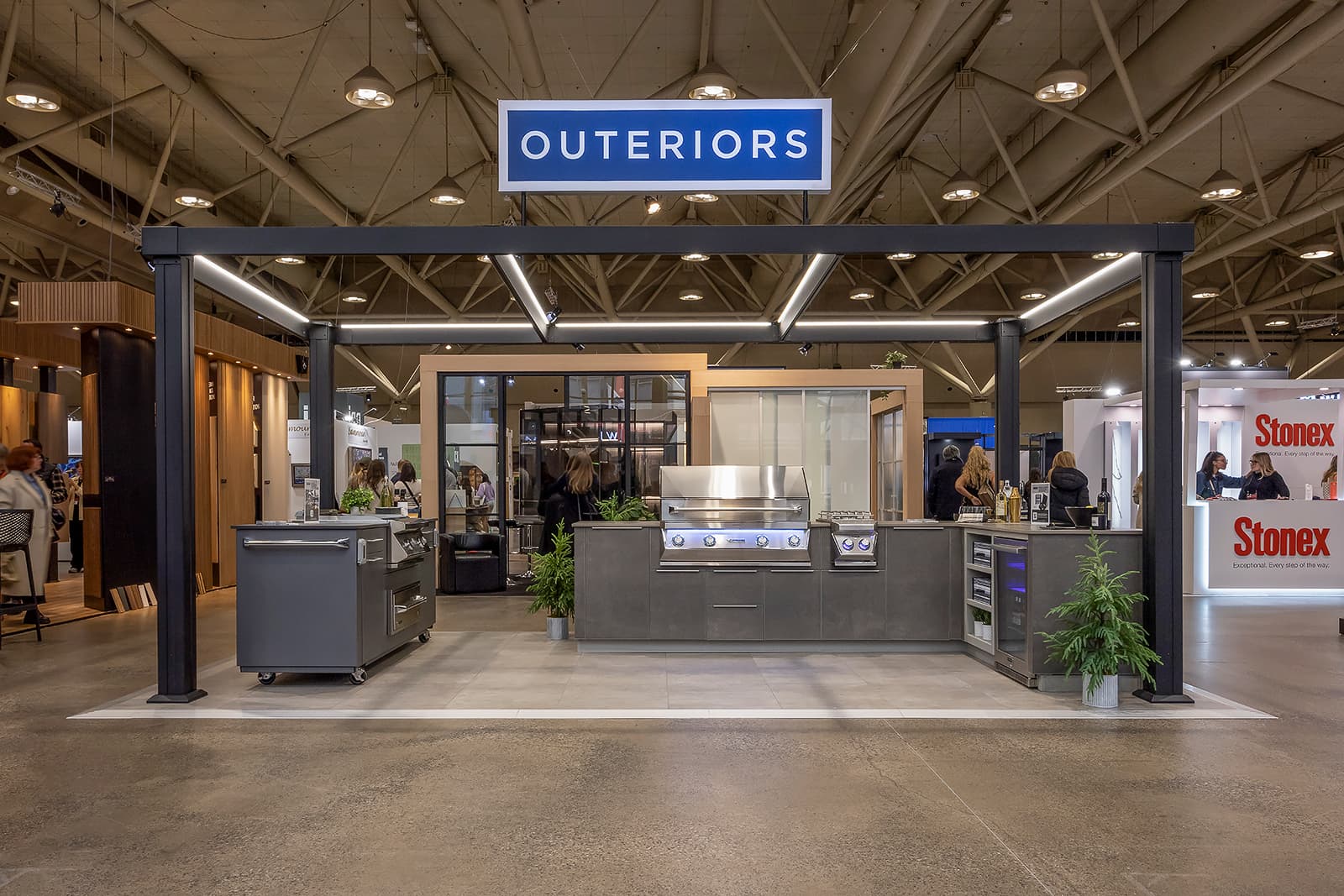
Join us at Booth #5 at the Living Luxe Design Show 2025 in Toronto! Outeriors will showcase our custom outdoor cabinetry — luxurious, innovative solutions that transform outdoor kitchens into elegant, functional retreats. Experience the future of outdoor living and discover how our premium designs blend style, durability, and sophistication.
The Living Luxe Design Show (LLDS) runs April 24-27, 2025 at the Toronto Congress Centre.
The 2025 show will feature some of the finest designers & lifestyle businesses the city has to offer. Spanning over 120,000 square feet at the Toronto Congress Centre, our Spring show is sure to provide the opportunity for organic connections, strategic partnerships, innovative showcases, and inspiration galore.

